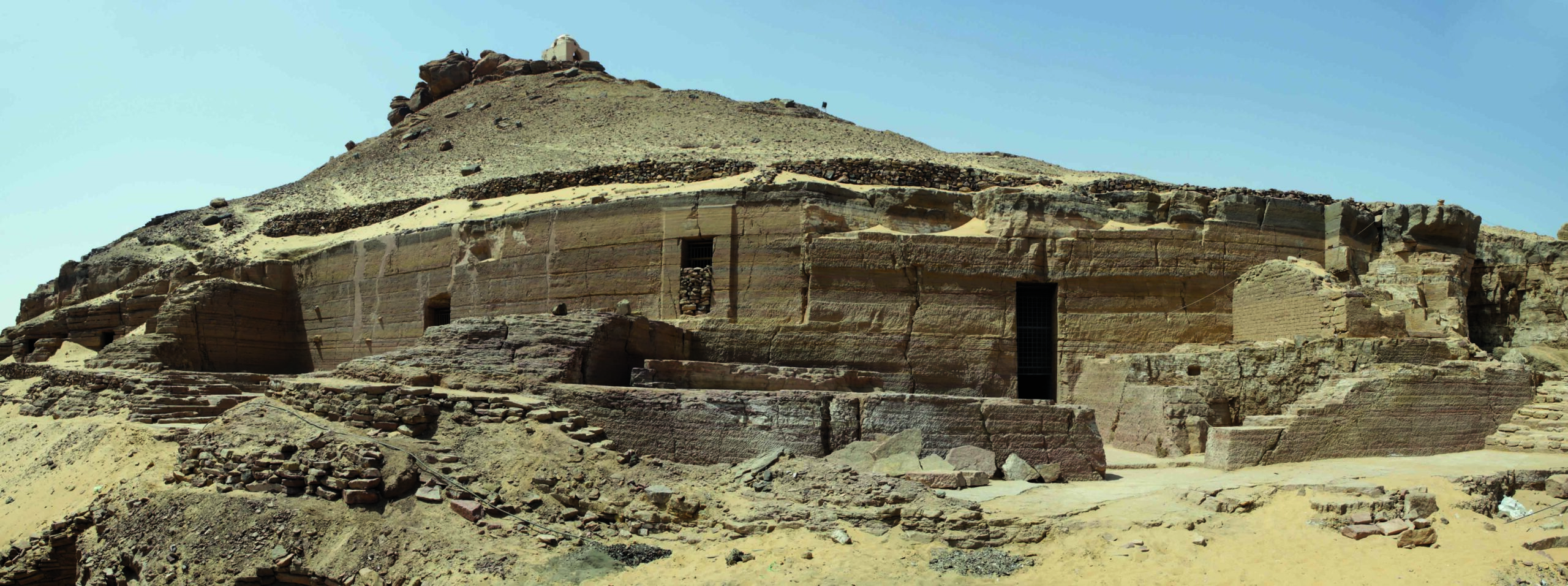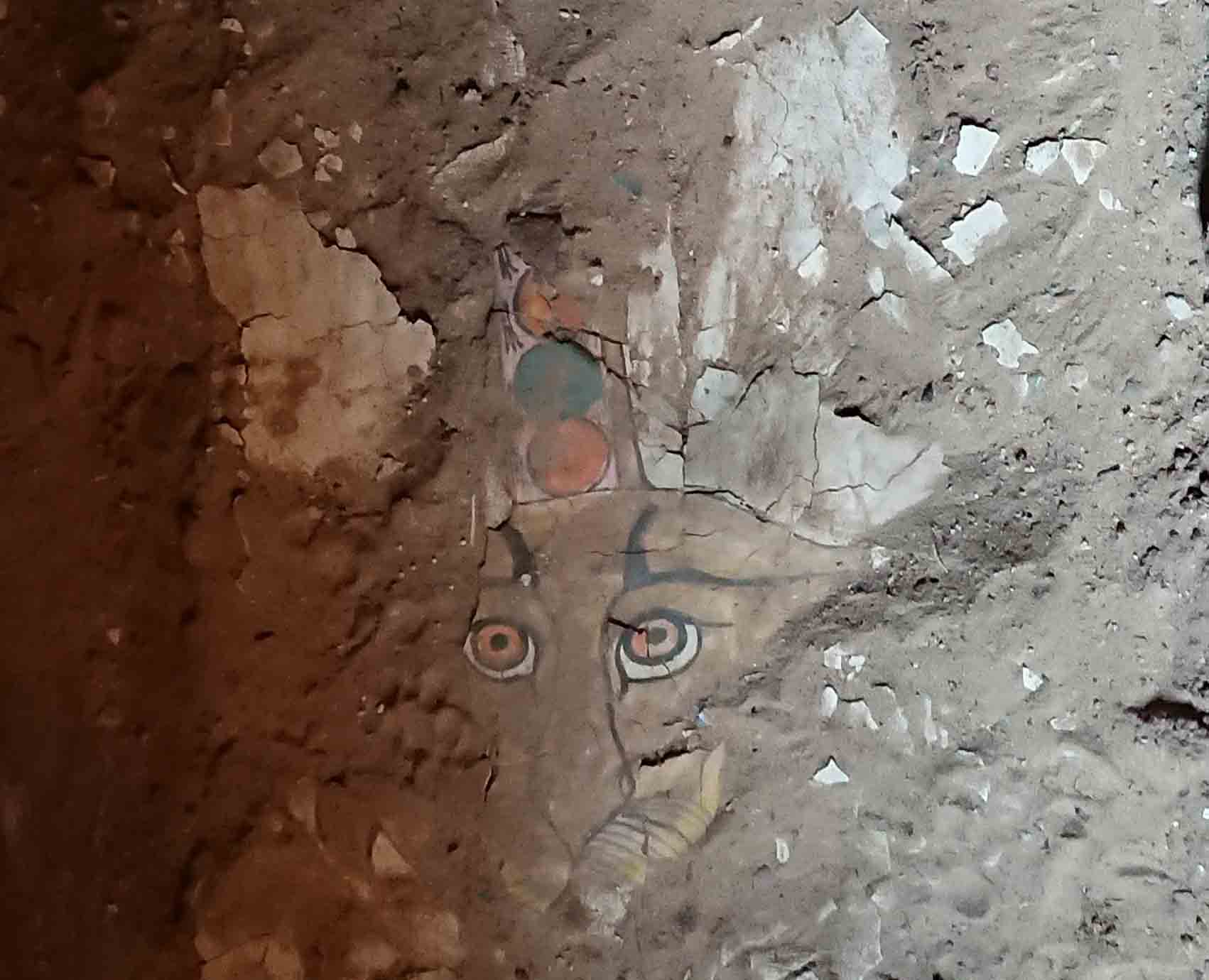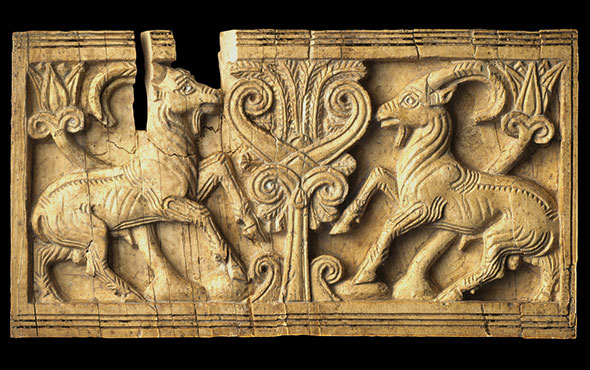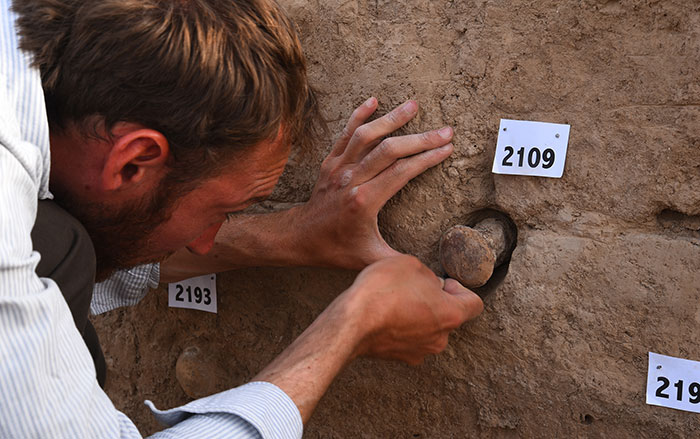LUND, SWEDEN—Live Science reports that a 3,300-year-old criosphinx, a sphinx with a ram’s head, was uncovered at Gebel el-Silsila, a quarry site located near Aswan on the banks of the Nile River. Archaeologist Maria Nilsson of Lund University thinks the massive statue, found in a pit of stone debris, may have been ordered by Pharaoh Amenhotep III and later canceled or perhaps abandoned after his death, around 1350 B.C. The team members also discovered a uraeus, a carving of a coiled-up cobra, thought to have rested on the sphinx’s head as a symbol of royalty. A small sphinx, iron shavings from chisels, and sandstone chips were also recovered from the site. To read in-depth about excavations at Egypts City of the Sun, Heliopolis, go to “Egypt's Eternal City.”
Ram-Headed Sphinx Discovered in Egypt
News February 27, 2019
SHARE:
Recommended Articles

Courtesy the Egyptian Ministry of Tourism and Antiquities
Digs & Discoveries March/April 2023
Winter Light

(Universities of Jaén and Málaga)
Digs & Discoveries May/June 2020
Guardian Feline

(EIMAWA Egyptian-Italian Missione at West Aswan - Università degli Studi di Milano)
Digs & Discoveries July/August 2019
The Unseen Mummy Chamber

(Courtesy Antonio Mozas-Calvache)
-
Features January/February 2019
A Dark Age Beacon
Long shrouded in Arthurian lore, an island off the coast of Cornwall may have been the remote stronghold of early British kings
 (Skyscan Photolibrary/Alamy Stock Photo)
(Skyscan Photolibrary/Alamy Stock Photo) -
Letter from Leiden January/February 2019
Of Cesspits and Sewers
Exploring the unlikely history of sanitation management in medieval Holland
 (Photo by BAAC Archeologie en Bouwhistorie)
(Photo by BAAC Archeologie en Bouwhistorie) -
Artifacts January/February 2019
Neo-Hittite Ivory Plaque
 (Copyright MAIAO, Sapienza University of Rome/Photo by Roberto Ceccacci)
(Copyright MAIAO, Sapienza University of Rome/Photo by Roberto Ceccacci) -
Digs & Discoveries January/February 2019
The Case of the Stolen Sumerian Antiquities
 (© Trustees of the British Museum)
(© Trustees of the British Museum)



